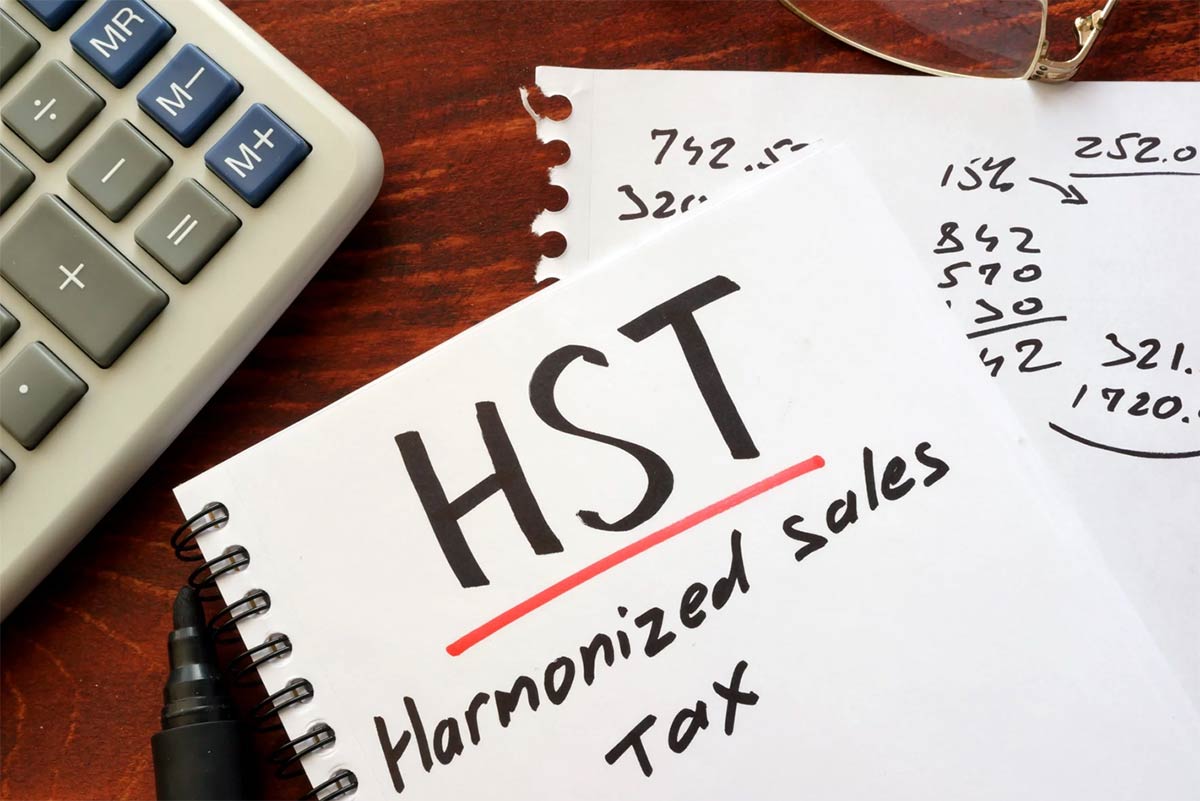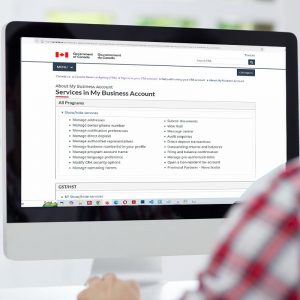Last Updated on March 13, 2025


Hello, fellow Canadians! If you’re here, you’re probably looking for some clarity on the GST/HST credit and when you can expect to receive those helpful payments. The GST/HST credit is a lifeline for many of us, especially when it comes to managing our finances amidst the rising costs of living. So, let’s break it down and make sure you have all the information you need to stay on top of your payments and make the most of this benefit.
What is the GST/HST Credit?
The GST/HST credit is a tax-free quarterly payment provided by the federal government to help individuals and families with low to moderate incomes offset the costs of the Goods and Services Tax (GST) and the Harmonized Sales Tax (HST). Think of it as a little boost to your wallet that helps you cover those day-to-day expenses.
GST/HST Payment Dates and Schedule for 2025
The GST/HST credit payments are issued quarterly. Here’s a handy table to help you remember the payment dates:
| Quarter | Payment Month | Payment Date (Approx.) | 2025 |
|---|---|---|---|
| Q1 | January | Around January 5th | January 3rd |
| Q2 | April | Around April 5th | April 4th |
| Q3 | July | Around July 5th | July 4th |
| Q4 | October | Around October 5th | October 3rd |
By marking these dates on your calendar, you can keep track of when to expect your payments and plan accordingly.
Why Quarterly Payments?
You might wonder why the payments are made quarterly. The government designed this system to provide regular and predictable financial support to Canadians. By receiving payments every three months, you can better manage your budget and ensure you have the resources you need throughout the year..
What to Do if You Miss a Payment
Sometimes, things don’t go as planned, and you might miss a payment. If this happens, here’s what you can do:
- Check Your Bank Account: If you’re signed up for direct deposit, start by checking your bank account to see if the payment has been deposited. Sometimes, there may be a delay in processing.
- Check Your Mail: If you receive your payments by cheque, check your mail for any delays. Postal services can occasionally cause delays in delivery.
- Contact the CRA: If you still haven’t received your payment after 10 business days, it’s time to contact the CRA for assistance. They can help you determine the cause of the delay and ensure you receive your payment.
Direct Deposit vs. Cheque
There are two main methods for receiving your GST/HST credit payments: direct deposit and cheque.
- Direct Deposit: This is the fastest and most secure way to receive your payments. By providing your bank account information to the CRA, you can have your payments directly deposited into your account on the scheduled dates. Plus, no more waiting for the mail!
- Cheque: If you prefer to receive your payments by cheque, they’ll be mailed to you. However, keep in mind that receiving payments by cheque may result in delays due to postal services.
Importance of Keeping Your Information Up to Date
To avoid any hiccups in receiving your payments, it’s crucial to keep your personal information up to date with the CRA. This includes:
- Address: Ensure the CRA has your current mailing address, especially if you receive payments by cheque.
- Bank Account Information: If you’re signed up for direct deposit, make sure your bank account information is accurate and up to date.
- Personal Information: Any changes in your personal information, such as marital status or the number of children, should be reported to the CRA to ensure your payment amount is calculated correctly.
How to Track Your Payments
The CRA provides several ways to track your payments:
- Online Account: You can check your payment status and history through your CRA My Account. This online portal allows you to view all your payment details and any changes to your account.
- CRA Mobile App: The CRA’s mobile app is a handy tool to track your payments on the go. Download the app on your smartphone and access your payment information anytime, anywhere.
- Contacting the CRA: If you have any questions or concerns about your payments, you can always contact the CRA directly for assistance.
Understanding the Calculation of Payment Amounts
The amount you receive for the GST/HST credit depends on several factors:
- Adjusted Family Net Income: The CRA calculates your adjusted family net income based on the information provided in your tax return. This includes your income and your spouse or common-law partner’s income.
- Number of Children: The number of children under 19 years old in your care also affects the payment amount. The more children you have, the higher your payment.
- Maximum Payment Amounts: The CRA sets maximum payment amounts, which are adjusted annually to account for inflation. These amounts ensure that the credit provides meaningful support to those who need it most.

More GST/HST Payments FAQs
Let’s address some common questions that many Canadians have about the GST/HST credit:
For more detailed information and answers to other questions, the CRA website is a fantastic resource.
Conclusion
Staying informed about the GST/HST payment dates and ensuring you receive your payments on time is essential for managing your finances. By understanding the quarterly payment schedule, keeping your personal information up to date, and choosing the most secure method of payment, you can make the most of the GST/HST credit. Remember to mark those payment dates on your calendar, and don’t hesitate to reach out to the CRA if you encounter any issues. Stay informed, stay prepared, and make the most of your GST/HST credit to ease your financial burden.
Statistics and Information Sources:
- Government of Canada website
- Link: https://www.canada.ca/en/revenue-agency/services/child-family-benefits/goods-services-tax-harmonized-sales-tax-gst-hst-credit.html






